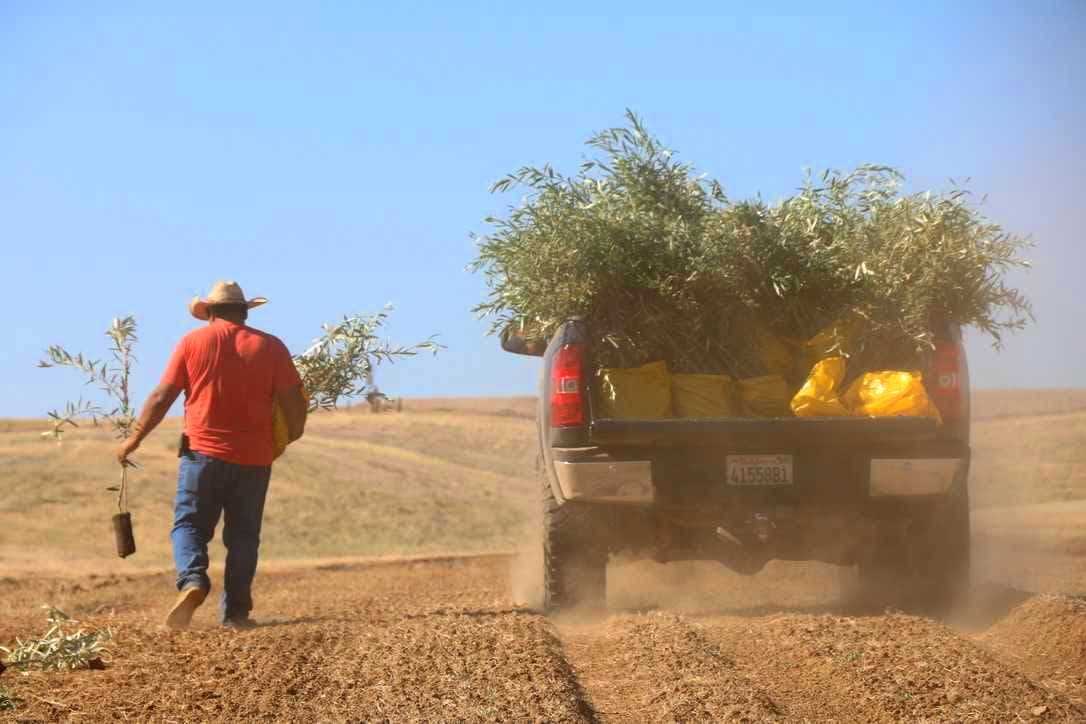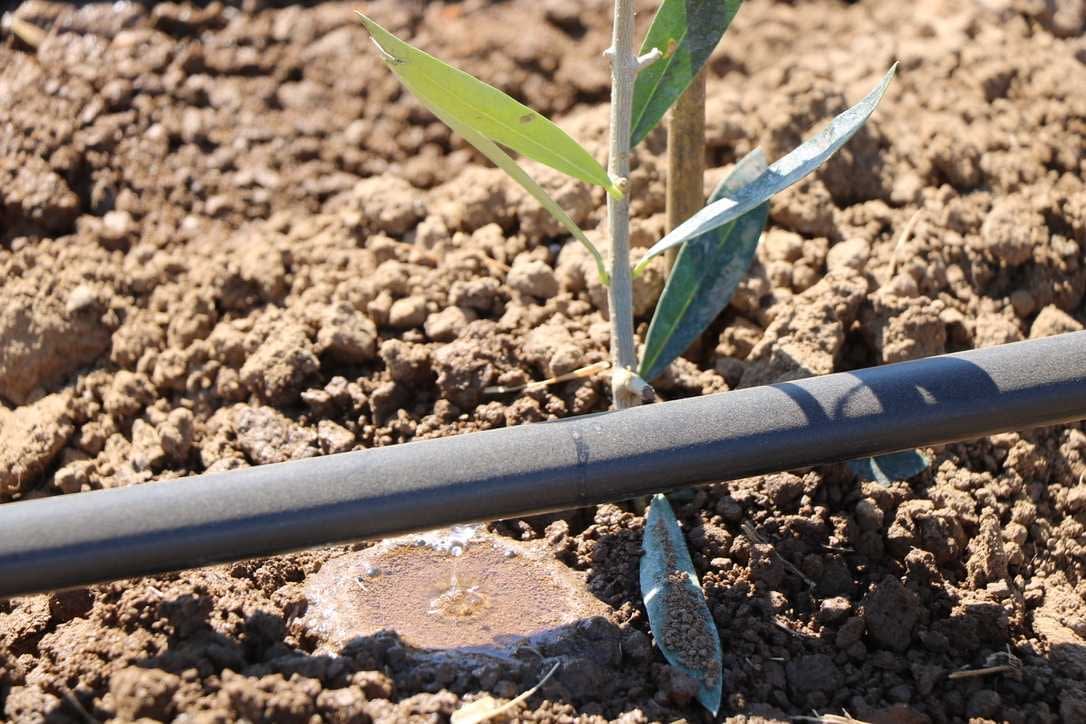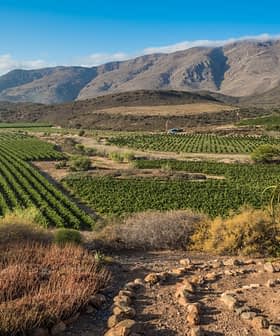Six years after the company first set up shop in California, Boundary Bend has planted the second-largest medium-density olive grove in the United States.
“We have just planted two groves of 450 and 350 acres (180 and 140 hectares),” Paul Riordan, the company’s co-founder, told Olive Oil Times.
Studies have shown that the productions of a medium-density grove over a 30-year life cycle are higher and more sustainable than high density.
The decision to plant the groves in western Yolo County was made after a careful climate analysis and consideration of other factors.
Yolo County is located in the Sacramento Valley of north-central California and is renowned as one of the most fertile regions in the state.
Officials from Boundary Bend, which earned five Gold Awards at the recently-concluded 2021 NYIOOC World Olive Oil Competition, said the company decided to plant medium-density groves for the numerous benefits that they provide compared to traditional and other types of groves.
See Also:Olive Center to Host Webinar on Modern Table Olive ProductionFrancesca Van Soest, the company’s technical sales and marketing manager, and Riordan said that medium-density groves work for every type of olive variety and allow the company to tailor each site to the variety that is best suited for it based on soil quality, topography and other factors.
The vast majority of non-traditional groves in California are either high-density or super-high-density plantings of Arbequina, Arbosana and Koroneiki.
Van Soest and Riordan said that the wider variety of olives conducive to medium-density groves will allow Boundary Bend to produce olive oils with a broader range of organoleptic characteristics.
“Studies have shown that the productions of a medium-density grove over a 30-year life cycle are higher and more sustainable than high density,” Van Soest and Riordan said. “Of special significance and importance is that a Colossus harvester will be imported over from Australia, and this type of harvester will be the first of its kind used in California.”

Photo: Boundary Bend.
The impact of this type of this massive olive tree cultivation effort will result in a significant and meaningful increase in California olive oil production without any impact on pricing, the two added.
In California, as opposed to other locations, there is more demand than supply, so olive oil prices are generally not affected by the additional acreage.
Additionally, different types of olive varieties are being planted by Boundary Bend on a scale that has been largely unseen in California, according to Van Soest and Riordan.
They added that this will provide Boundary Bend with competitive advantages and the potential to tap new markets with different styles of extra virgin olive oil in commercial quantities.
However, California is in the midst of a long period of drought and many farmers have reported that they are not bothering to plant new crops as a result.
Climatologists say that the drought is the direct result of La Niña, which has pushed more humid and moist air north, leaving California without the necessary rainfall for many types of crops.
Thus far, Boundary Bend has not seen any direct impact on production – after all, olives are extremely drought-resistant – but a sustained period of drought could limit the amount of available water for crop production and development.

Photo: Boundary Bend.
Van Soest and Riordan added that the company’s precise drip irrigation system allows them to strategically apply water on a daily, weekly and monthly basis when it is needed most.
This targeted irrigation allows the company to monitor soil moisture levels and ensure the trees receive the exact amount of water needed to produce the highest quantity and quality of olive oil without being wasteful.
Boundary Bend has also installed a similar system in their groves, which allows them to do the same with fertilizer. The system monitors the olives throughout their growth and development cycle, alerting agronomists when more needs to be applied.
“We certainly see a bright future for olives in California and are committed to increasing our supply of single-origin, 100-percent California extra virgin olive oil, to provide to the consumer,” Van Soest and Riordan concluded. “We will continue to identify opportunities to increase our own production and work with local farmers to plant more olive groves.”









